The Sticky Wicket that is Additionality
In order for you to make an informed decision about whether to participate in a carbon program; and, if so, which program to participate in, it’s important to understand how carbon markets work. One thing you will quickly learn about carbon markets is that they seem extremely complex, full of strange and intimidating terms like “leakage,” and “permanence.” One of the most important terms is “additionality.” In this post, we try to use everyday English to explain what additionality is and what it means for you.
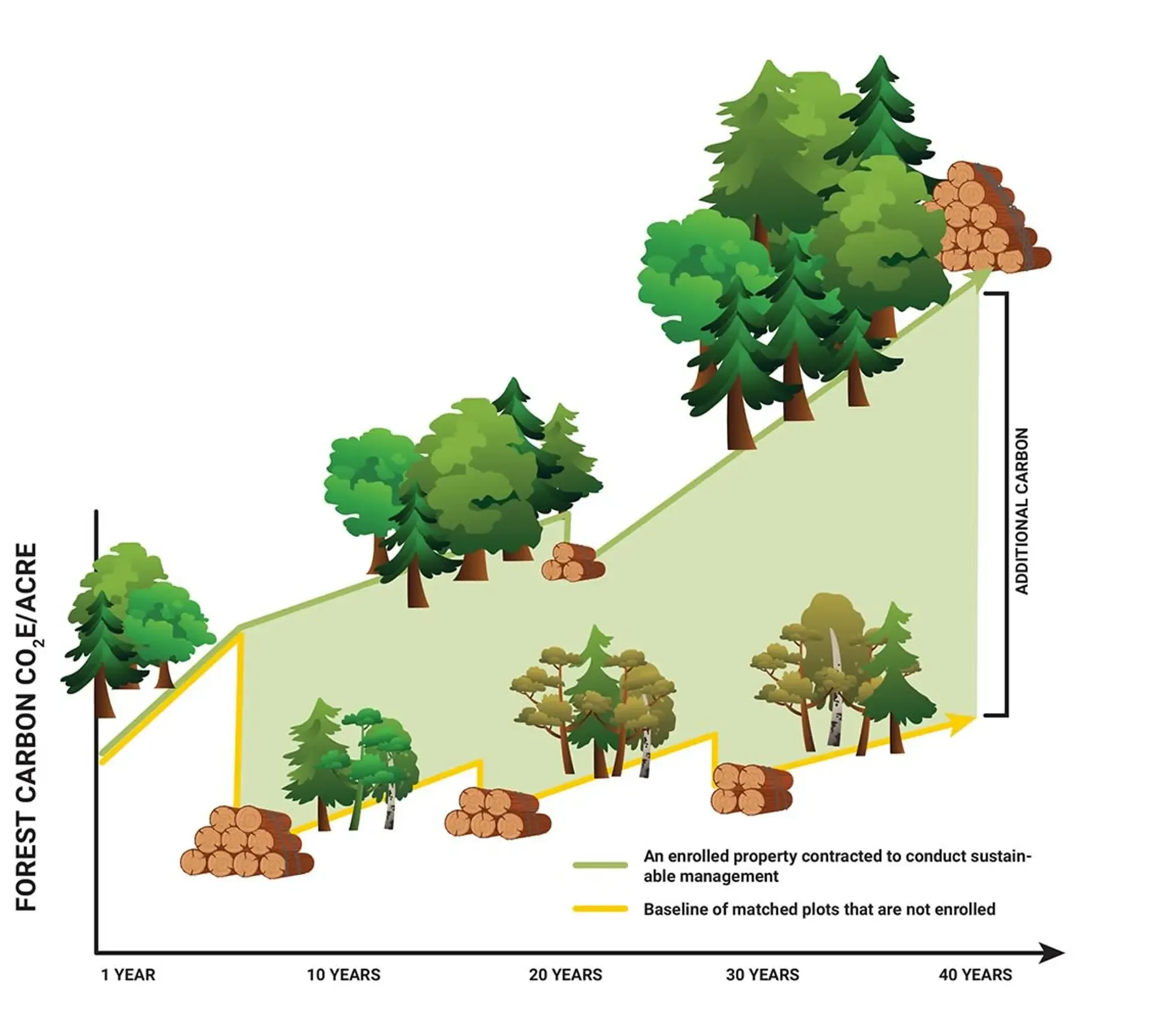
What Do We Mean by “Additional” Carbon?
Carbon is everywhere in your forest—in the trees, in their leaves, in the soil, in the dead woody debris that litters the forest floor, and even in the wood products that are created when your trees are harvested. When landowners hear that there are programs that will pay them for their carbon, some think about that carbon—the carbon that is in their woods today.
But that’s not exactly what carbon programs are after. Carbon programs are after additional carbon—the carbon that would not have been there without the program’s help.
This is important because a carbon market involves one group—usually a corporation—paying another group to improve its carbon performance, to help compensate for its own (the company’s) emissions. But the carbon market only results in a neutral, or net zero, carbon output if the company is indeed paying for additional carbon to be captured and stored, not carbon that would have been captured and stored anyway.
Let’s think of an example that has nothing to do with carbon: you want to encourage your teenage niece to develop strong financial habits. To incentivize them to save more money, you tell them for every dollar they put into a savings account, you will add a dollar of your own.
Six months later your niece has saved $100 per month, $600 in total, and so you have given them $600 of your own money. Awesome, the plan worked! But then you talk to their parents and learn that she has been saving $100 a month like clockwork for five years, and this year they haven’t saved any more (or any less) than they did previously. Their behavior never changed, and you’re out $600.
We’re guessing you would probably feel like your investment wasn’t worthwhile, you may even feel scammed, since it didn’t result in a change in behavior!
What you were after was additionality: additional value that would not have been created without your plan’s intervention.
In a carbon project, we determine whether carbon is additional with three steps:
First, we measure what actually happened in the carbon project. Is there more carbon now than when we started? How much more? This is called the project scenario.
Second, we create an estimate of what would have happened if there hadn’t been a carbon project. This is called the baseline scenario, or the “business as usual” scenario.
We compare the project scenario to the baseline scenario. If the project scenario has more carbon than the baseline scenario, that means additional carbon has been created and can be sold. If, on the other hand, the project scenario does not have more carbon than the baseline scenario, no additional carbon has been created (and thus none can be sold).
In theory, this seems simple. But the devil is in the details, especially with estimating the baseline scenario, or what would have happened in the absence of the project.
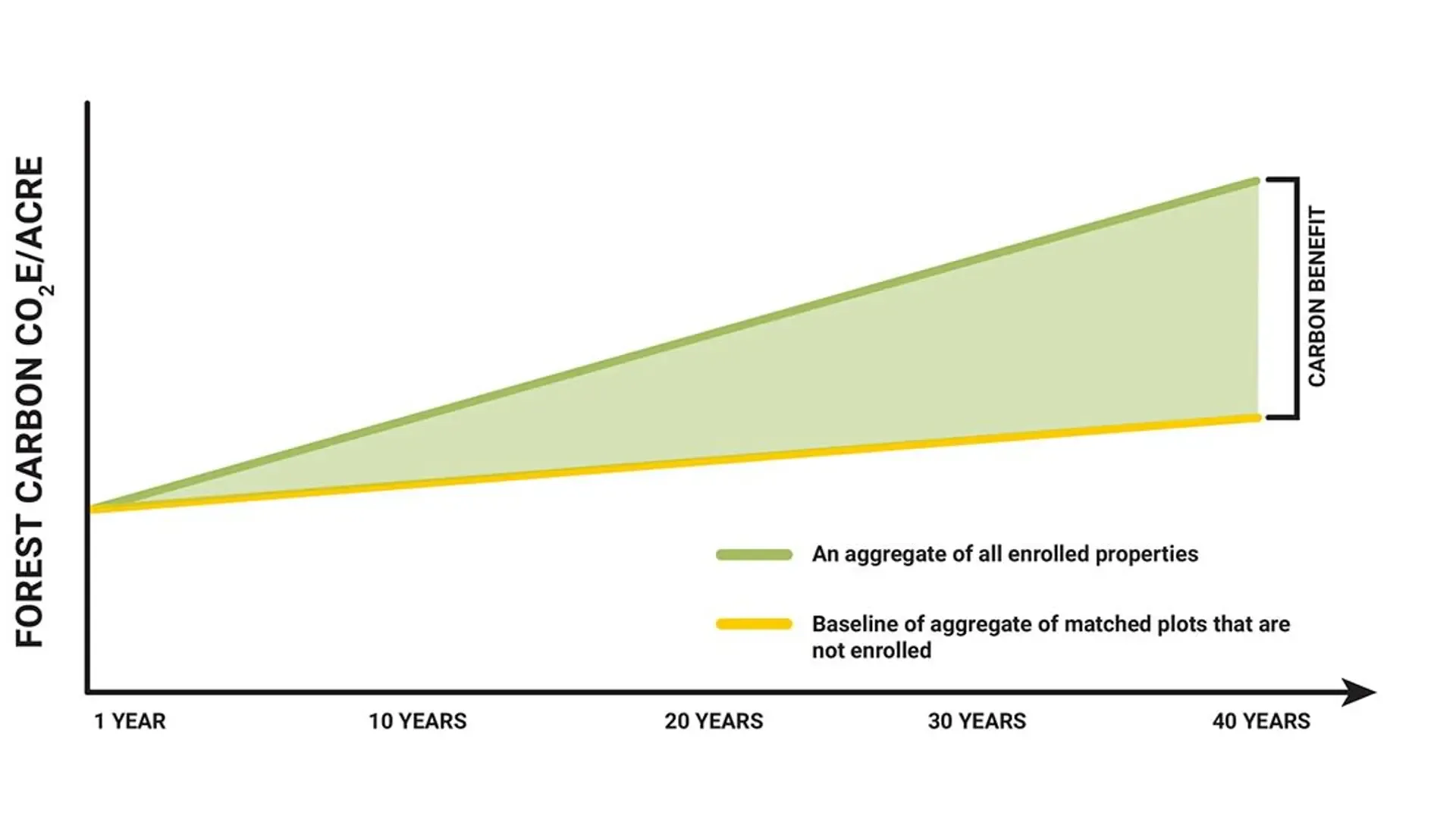
How Do You Ensure an Accurate Baseline Scenario?
Let’s return to the example we used above, of your attempts to cultivate your niece’s good saving habits. How would you construct a baseline in that case? Here are a few ideas:
You could assume that without your encouragement this young person wouldn’t save anything. But we know your niece does already save something, so using this assumption as your baseline would overestimate the impact of your intervention.
You could assume that your niece will go on saving $100 a month forever, regardless of what you do (after all, they’ve been doing it for years). Maybe you ask them if they intend to continue, and they say yes. Surely this is the correct assumption then! Well, maybe. But past behavior and current intention is not a guarantee of future behavior. Anyone who has witnessed a ten-year-old grow into a teenager knows this to be the case. And there are doubtless examples of young people whose habits regressed as they got older. So using this assumption as your baseline might underestimate the impact of your intervention.
You might go and get data on the continued saving habits of other young people who have been regularly saving money. The average savings of those other young people becomes your baseline. Then you can compare the continued performance of your niece against that data. This approach seems to be the best, so long as you can find appropriate data to “match” to your situation (maybe you have a few other nieces or nephews).
The Family Forest Carbon Program (FFCP) uses an approach like your third option, which is called a “dynamic baseline.” It’s an innovation in the carbon market that the American Forest Foundation, The Nature Conservancy, and TerraCarbon designed to ensure the atmosphere really does feel a benefit from our program. You can read more about it here if you’re curious.
Why does any of this matter to you?
Because when we determine if your property is a good fit for our program, and when we calculate the incentive payment you will receive as part of our partnership with you, we do so based not on the carbon currently in your woods but on the additional carbon we expect to be stored in your woods over the next twenty years if you join the FFCP and together we carry out improved forest management activities.
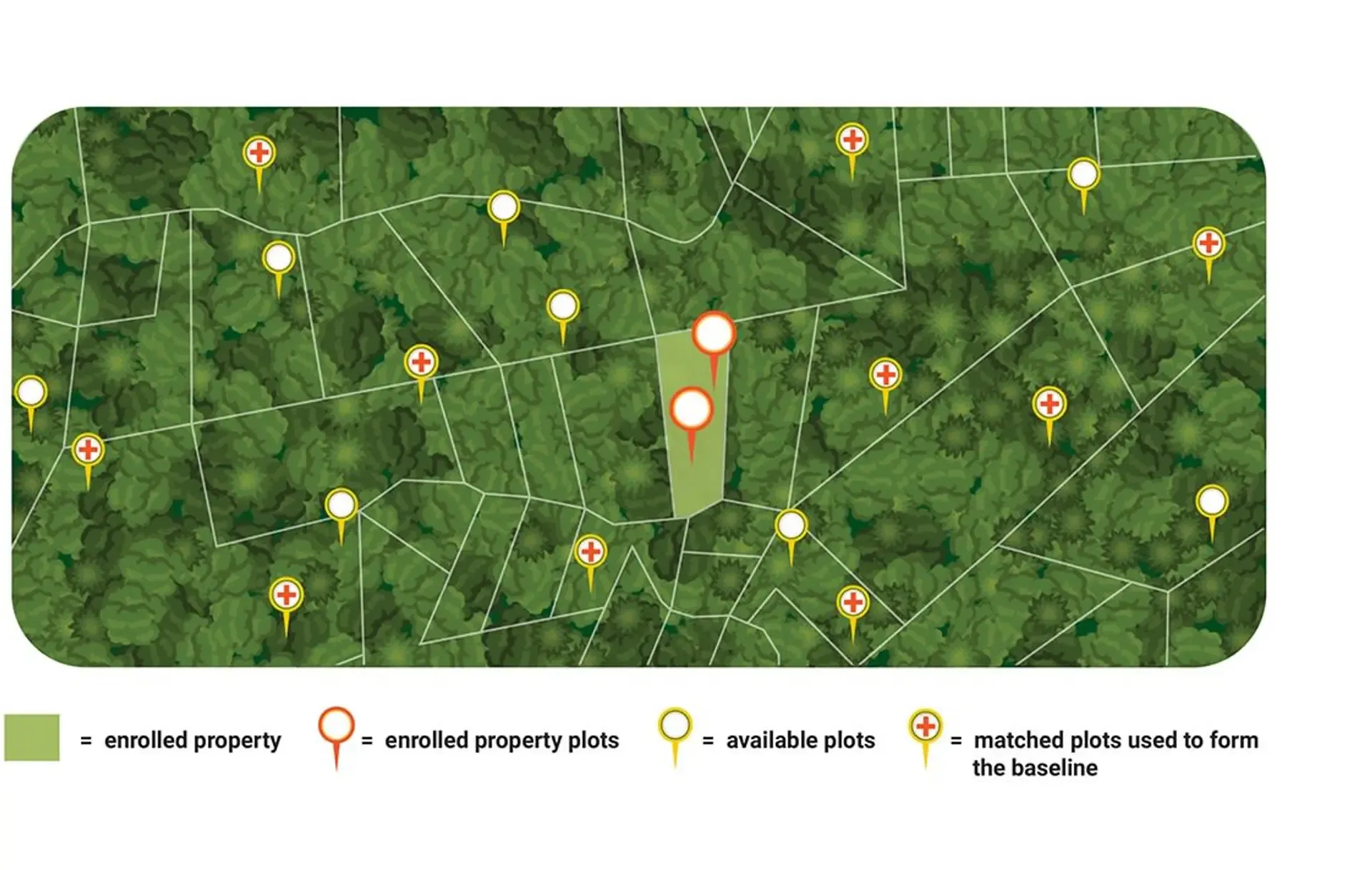
How do we Match Your Property to Other Unenrolled Properties for Comparison?
Remember that there are two parts to the equation to determine additionality: the first is what happens on your property; and the second is what happens in the dynamic baseline scenario, which for FFCP means what we anticipate will happen on other properties like yours that do not participate in our program.
Each enrolled property is divided into stands or “plots.” A sample of these plots is selected randomly across all enrolled landowners. In other words, not every enrolled property will be selected for monitoring.
Then, each sample plot selected for monitoring is matched to 10 comparable, unenrolled plots based on a minimum of 14 variables (listed below) to ensure similarity. This grouping of similar, unenrolled plots is a control group that provides a robust baseline in real-time.
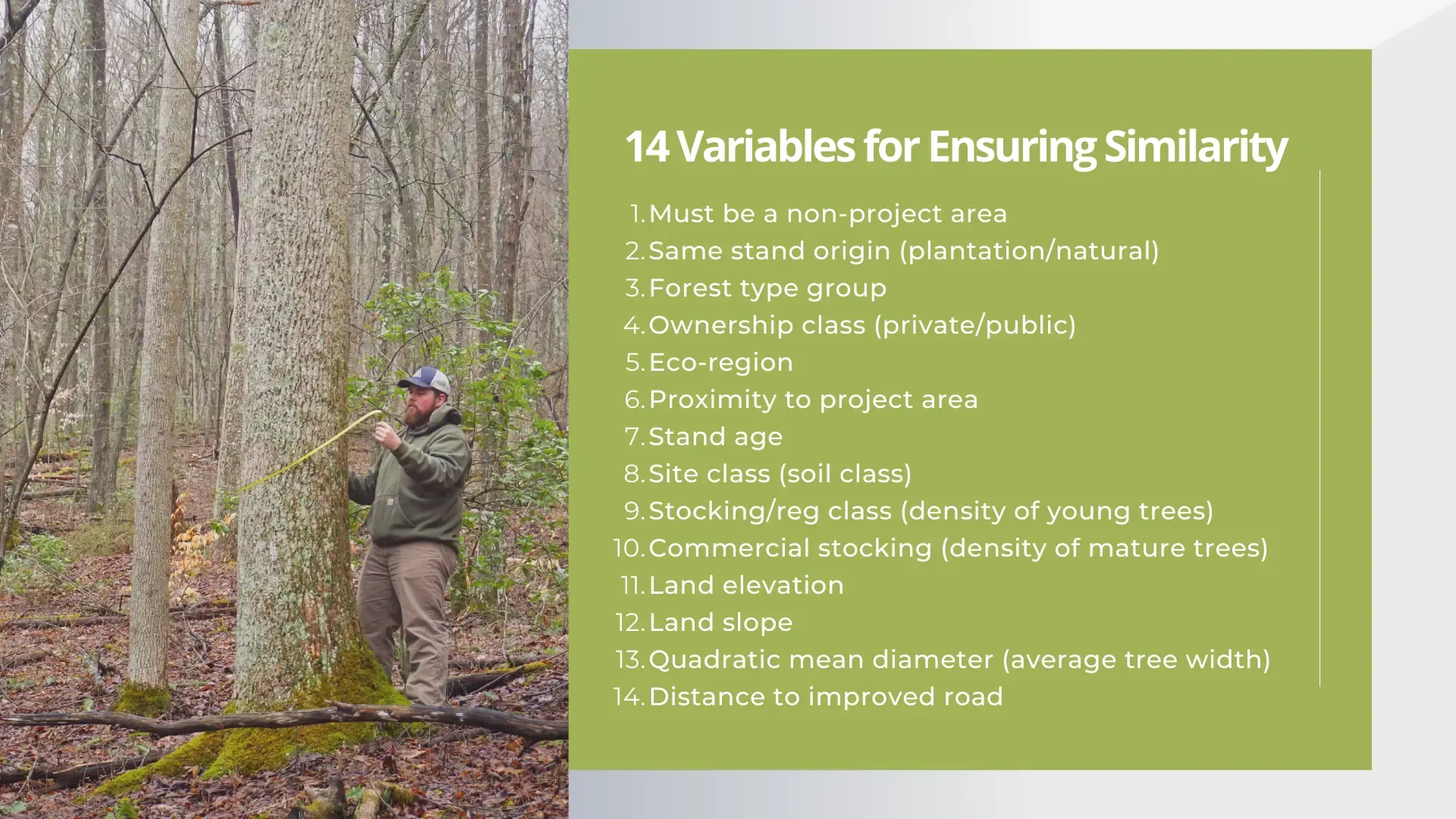
So the question of additionality does not ask, “How much can we improve your property?” Rather, it asks, “How much will the improvement on your property outpace what is happening on other, similar properties?”
How Does this Calculation Affect Me as the Landowner?
Whatever the result of the comparison, it is not a reflection on you and your stewardship efforts. Many of the factors that go into determining a payment rate—elevation, eco-region, etc.—are completely outside of a landowner's control.
Whether your incentive offer is high or low, and whether your woods create massive or meagre amounts of additional carbon, this program is about way more than carbon. Carbon pays the bills, sure, but the Family Forest Carbon Program is devoted to helping you increase the health, value, and beauty of your land for generations to come.
The Family Forest Carbon Program is now enrolling landowners with 30 acres or more in Pennsylvania, West Virginia and Vermont, as well as select counties in Maryland, Massachusetts, Michigan, Minnesota, New York and Wisconsin. Click here to check your eligibility today.
Related Articles
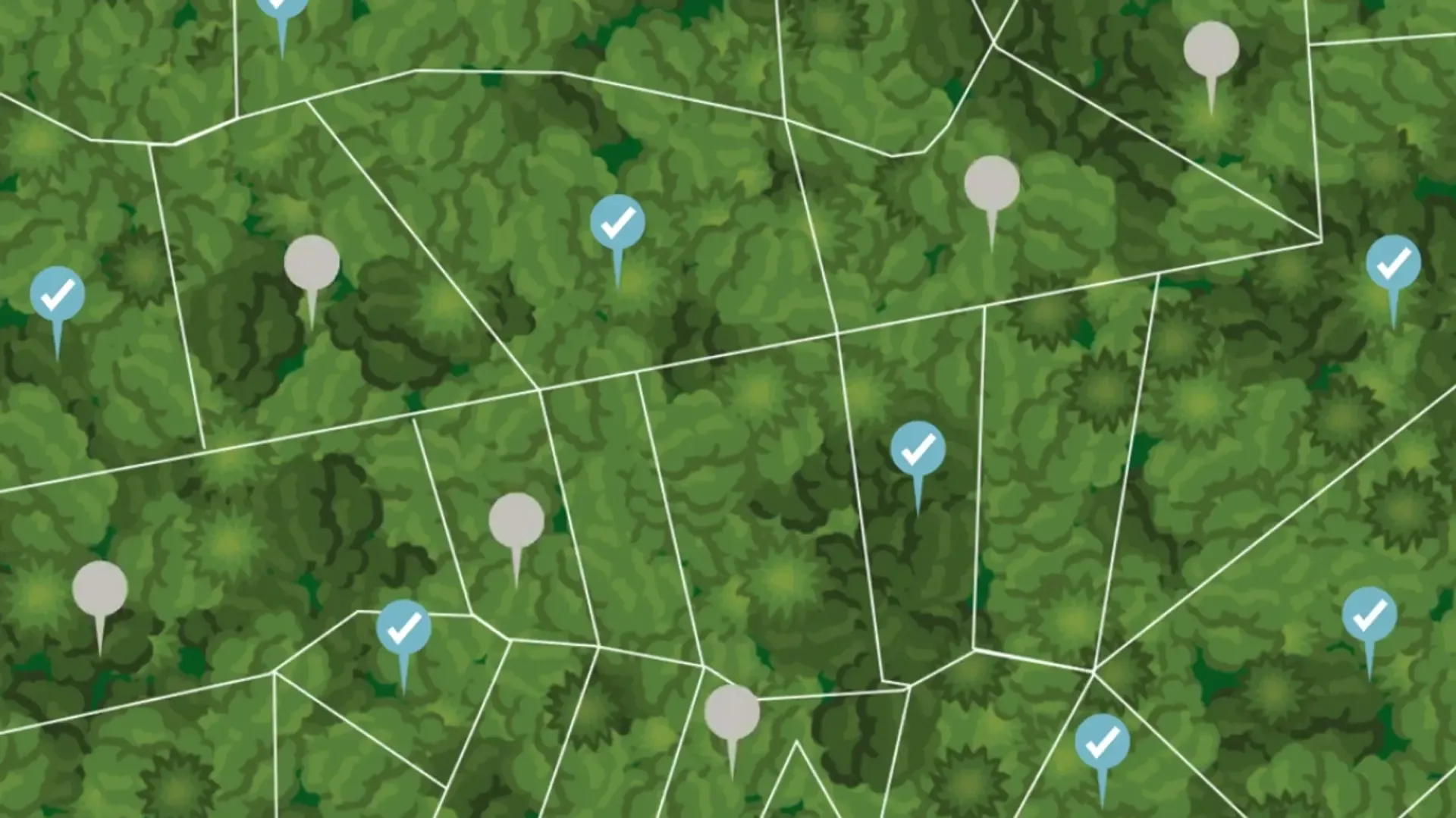
March 10, 2023
VIDEO: Our Carbon Accounting Methodology Explained
Learn more about the Family Forest Carbon Program's carbon accounting methodology that improves accuracy and transparency — and ensures our program is having a real impact.
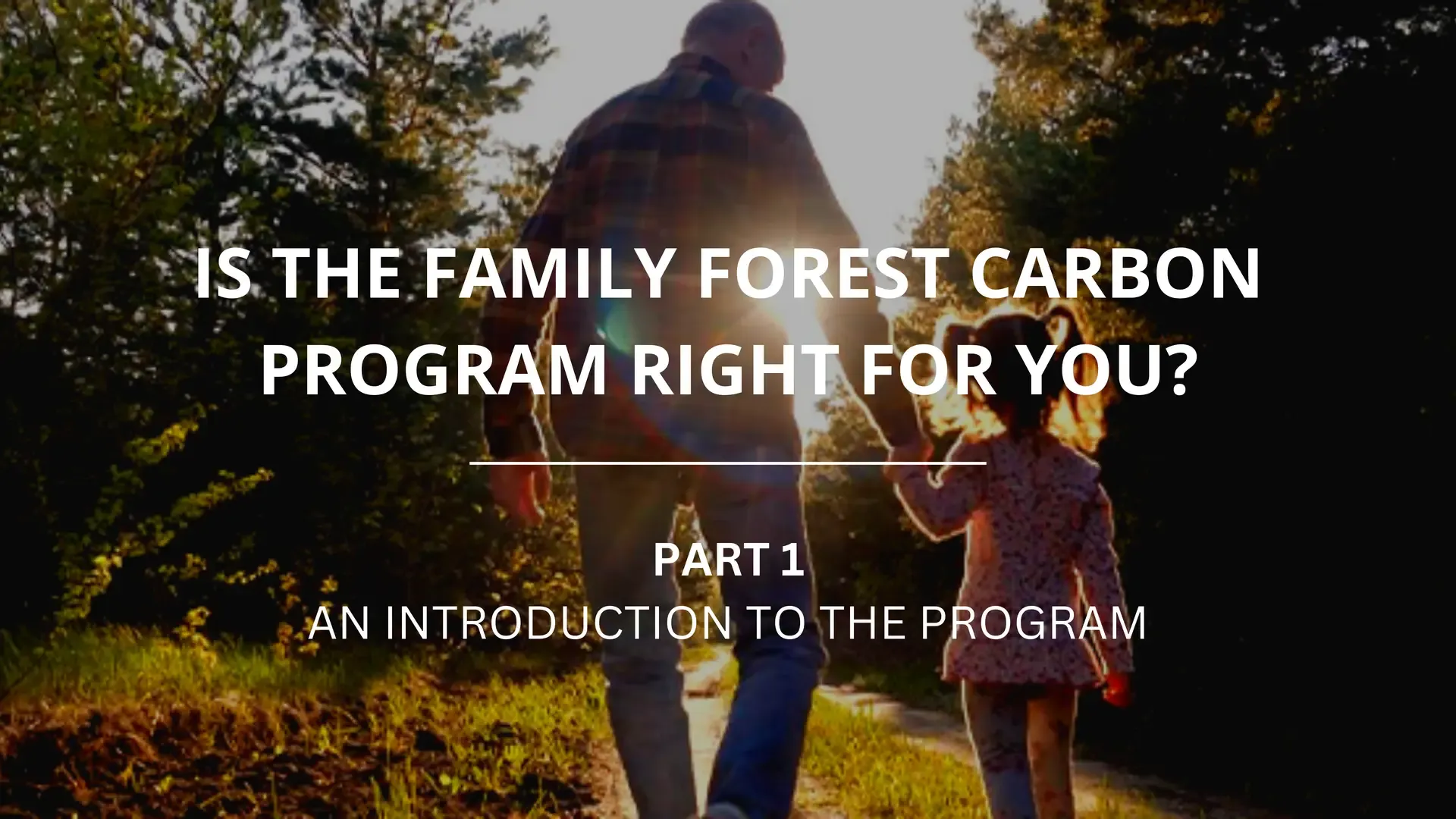
March 28, 2023
Is the Family Forest Carbon Program Right For You? Part 1: An Introduction to the Program
As you work with the Family Forest Carbon Program (FFCP) you will learn that we are different from other carbon programs and opportunities for landowners. We are proud of what makes us unique and want to provide you with this information to help you make the right decision for you and your property. In this post we look at the key benefits of enrolling in FFCP and how we are different from other carbon programs.
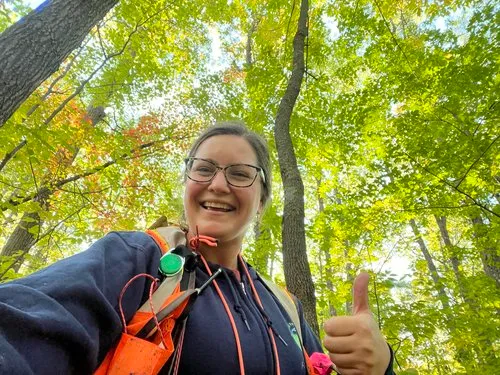
February 22, 2023
Senior Forestry Manager Hypes Family Forest Carbon Program in Minnesota
Senior Forestry Manager Chrissy Shaw recently shared her thoughts with the Minnesota Women's Woodland Network on the many benefits of participating in the Family Forest Carbon Program.